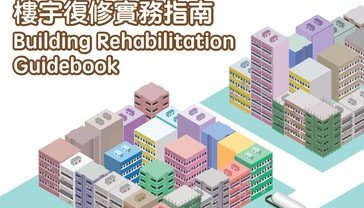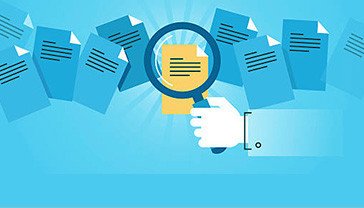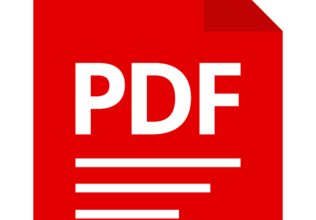
Buildings, like humans, have a lifecycle and inevitably undergo wear and tear as they age. In contrast to the reactive approach of “corrective maintenance”, preventive maintenance focuses on "preventing problems before they occur". Through regular inspections and assessments, building components and facilities undergo health checks and timely repairs, reducing the risks of unexpected failures, minimising inconvenience from abrupt breakdowns, and avoiding costly emergency repairs.
Who should be responsible for building maintenance? Once completed and occupied, a building becomes the asset of the owners, placing the responsibility for its maintenance and upkeep on their shoulders. If owners wish to maintain the good condition of building components and the efficiency of facilities, the key lies in implementing a comprehensive and effective maintenance plan. This may commence by addressing the following three essential questions:
1. What Types of Maintenance Are Required?
2. When Should Maintenance Be Conducted?
3. What Will Be the Cost of Maintenance?
Maintenance responsibilities cover not only the "private areas" within individual units, but also the "common areas" of the building that must be jointly managed and maintained by all owners. As stipulated in the Building Management Ordinance (Cap. 344), owners’ corporations are legally obligated to keep the common areas in good and serviceable condition and are responsible for their proper management and maintenance. If poor management or disrepair of common areas leads to accidents, all owners may be held liable.
What are Common Areas?
To effectively implement preventive maintenance for your building, it's crucial to first determine which common areas (including components and facilities) need to be included in the maintenance plan. Generally, the Deed of Mutual Covenant (DMC) outlines the definition of common areas and facilities. However, if the DMC does not have a clear definition for common areas, reference should be made to Schedule 1 of the Building Management Ordinance to delineate the scope and items of the building's common areas.
Owners’ Responsibilities
Common areas of a building are jointly owned by all unit owners, and the responsibility for managing and maintaining these areas must also be collectively shared. In the event that a building is damaged and poses a threat to public safety or health due to neglect, relevant authorities may issue a "statutory order" to the owners or owners’ corporation under the powers granted by law, mandating necessary follow-up or rectification. Prosecution may ensue if the specified deadline is not met without a reasonable justification.
Maintenance Manual and Maintenance Plan
To facilitate daily maintenance work by property managers and owners, it is crucial to develop a “Maintenance Manual”. According to the Deed of Mutual Covenant Guidelines published by the Lands Department, developers are required to compile all building-related information, including building plans, building services plans, and operation manuals, to formulate a maintenance manual. In other words, newly constructed buildings generally have maintenance manuals prepared by the developers to assist property managers and owners’ corporations in carrying out maintenance tasks. For older buildings, such manuals may have been lost or never compiled. In such cases, the owners’ corporation and owners are advised to engage qualified professionals to inspect the building and obtain the necessary plans and relevant documents from government departments to compile an appropriate maintenance manual.
A maintenance manual should cover various kinds of building structural components and common facilities such as elevators, water supply systems, electrical installations, fire service installations, etc. It should include recommended maintenance frequencies, expected service life, and suggested inspection methods and repair works. Property managers and owners can then follow this maintenance manual to conduct routine maintenance for common areas and facilities.
Guidelines and Templates for Preparing Maintenance Manual for Residential and Composite Buildings (GTMM)
To assist property management companies and owners in preparing maintenance manuals, the Urban Redevelopment Authority (URA) has formulated the "Guidelines and Templates for Preparing Maintenance Manual for Residential and Composite Buildings (GTMM)". The GTMM is based on current statutory requirements and maintenance experiences gained from large building estates. The GTMM, along with a sample tender document, serves as a valuable reference for property management companies and owners of residential or composite buildings. It assists them in engaging qualified professionals to compile maintenance manuals.
The GTMM outlines the essential maintenance tasks for private buildings and estates, and also provides recommended inspection methods and repair works. It enables property management companies and owners to consolidate all maintenance-related information for common areas and facilities, facilitating the preparation of maintenance manuals. Following that, a 10-year maintenance plan can be developed using the maintenance manual, estimating the necessary costs for maintenance tasks during this time period and discussing proposed regular contribution schedules in the owners’ meeting.










